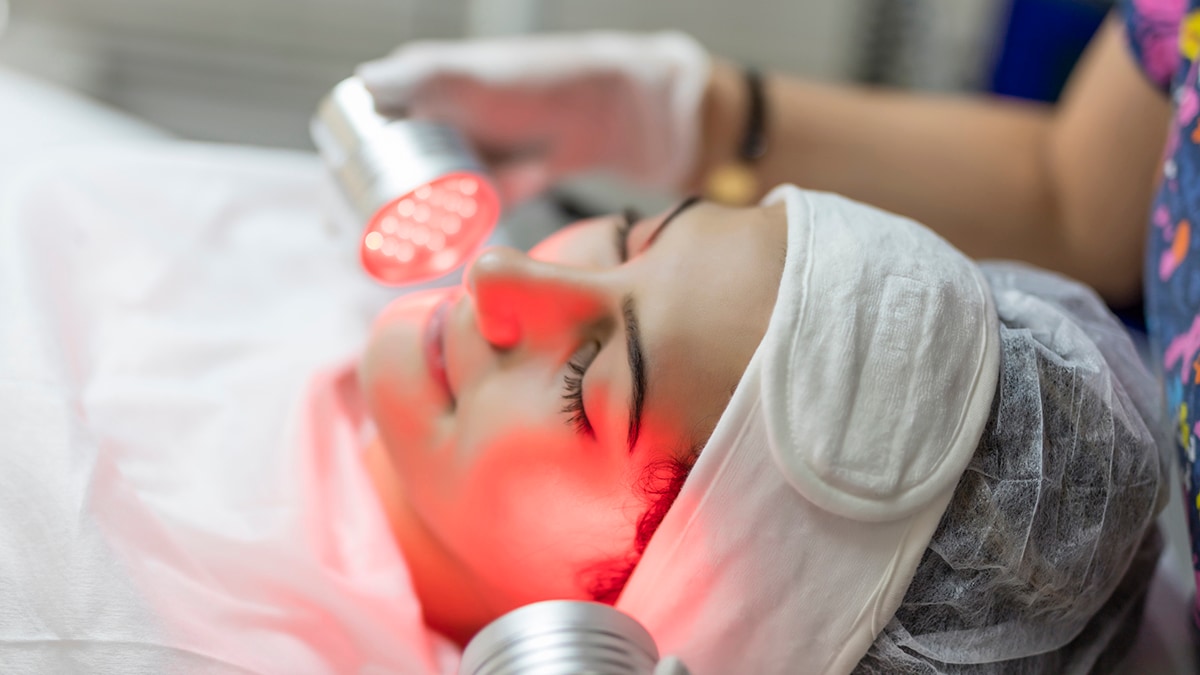Key points
- Exposure to nonionizing radiation is usually not hazardous to reproductive health.
- A small number of medical devices (such as diathermy lasers) can cause tissues in the body to heat up.
- High heat can harm male fertility or a fetus.
- Learn more about nonionizing radiation and reproductive health.

Why I should be concerned about non-ionizing radiation

Radiation that has enough energy to move atoms around or cause them to vibrate is referred to as "nonionizing radiation." Examples of this kind of radiation are radio waves, visible light, and microwaves.
Most exposures to nonionizing radiation are not considered hazardous.
However, some medical devices (including diathermy lasers) and specialized industrial equipment can use nonionizing radiation at higher levels. High levels of nonionizing radiation can cause localized heat inside a person's body, which might affect their reproductive health.
What I can do to reduce or eliminate exposure
For industrial and diathermy applications, nonionizing radiation levels can be high or low. It depends on where the radiation source is and other properties of the radiation source. Detailed information may be needed to estimate exposure levels. For more information, consult your workplace safety officer or contact CDC-INFO.
Nonionizing radiation from cell phones, computer screens, and microwaves in good condition is not a risk to fertility or pregnancy.
